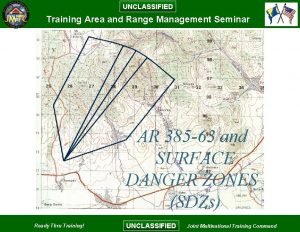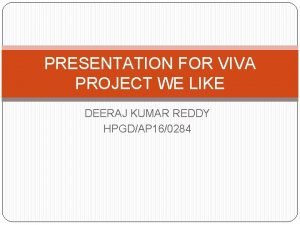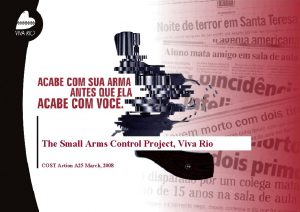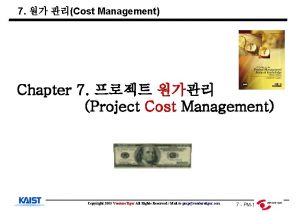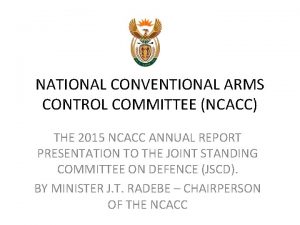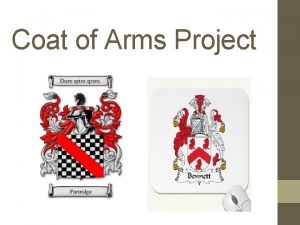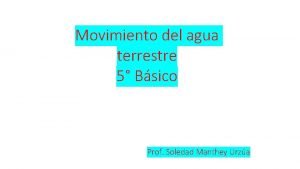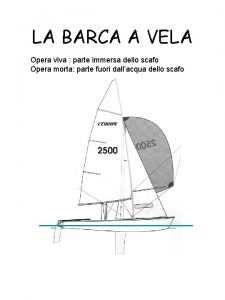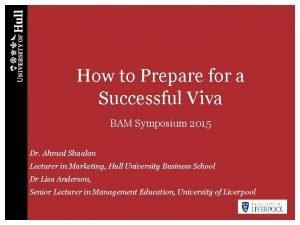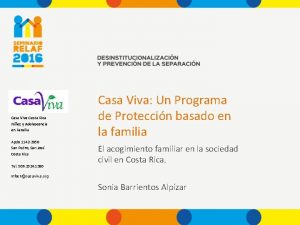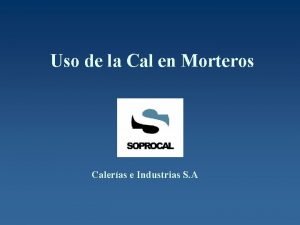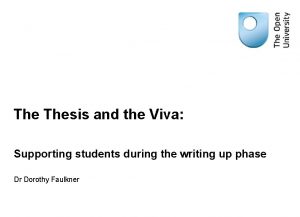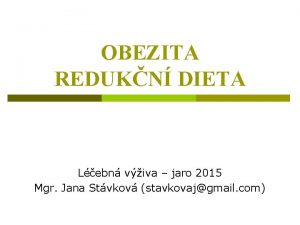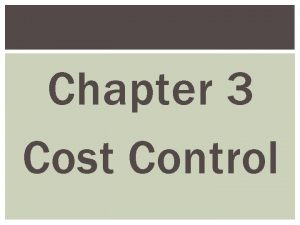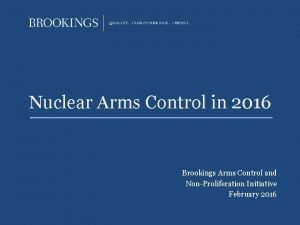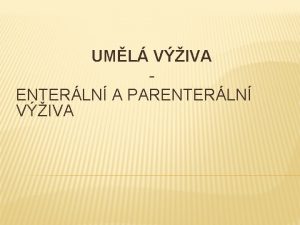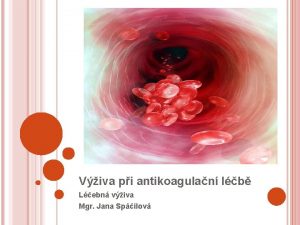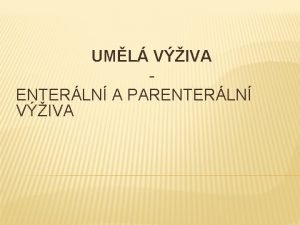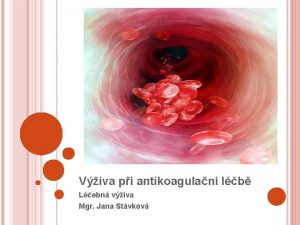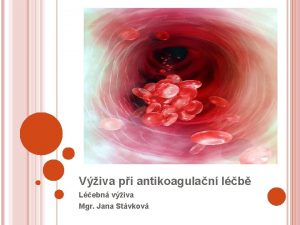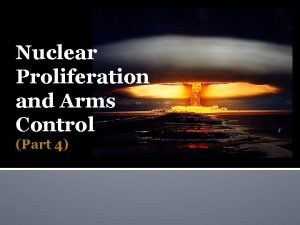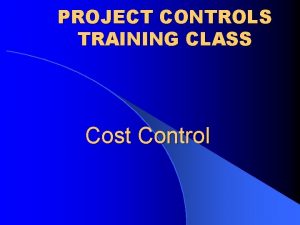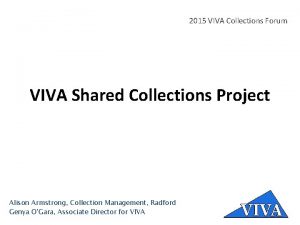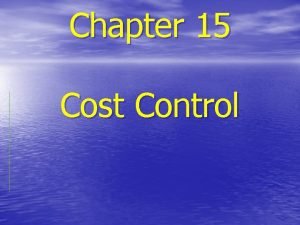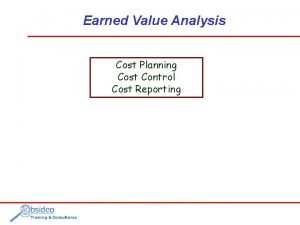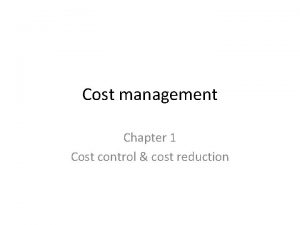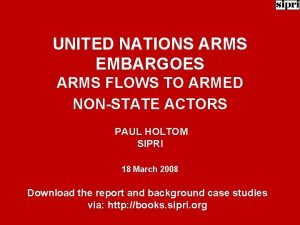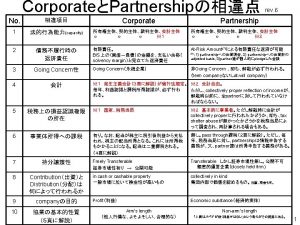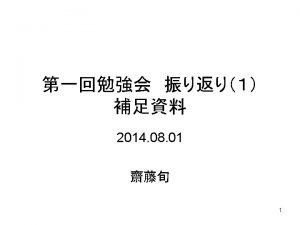The Small Arms Control Project Viva Rio COST


























- Slides: 26

The Small Arms Control Project, Viva Rio COST Action A 25 March, 2008

Viva Rio’s main goal is to promote peace and development at the local level, creating means of overcoming urban armed violence and social exclusion. Viva Rio relies on the idea of human security as a guiding concept. It is believed that “development, peace, security and human rights are interlinked and mutually reinforcing”

Viva Rio • • Risk Group: Youth is the main risk group for armed violence in Brazil and other Latin American countries. The group is mainly composed by poor teenagers and young males (15 to 24 years of age) that have dropped out of school before finishing elementary education. They are the main authors and victims of armed violence. Vector: The main vector for the epidemics of urban violence in the region is the small arm and light weapon (SALW). Most homicides are committed with the use of a firearm. Heavily armed non state actors undermine democracy and civic culture at grassroots level, particularly in poor neighborhoods. Critical Areas: The critical areas are favelas and urban peripheries, notorious for their vulnerability concerning public services, human, social and economic capital. A chaotic urbanization process aggravates the problem. Security Sector Reform: the Security Sector Reform is critical for efficiency, as well as for integrating security, human rights and development goals.

Viva Rio • Viva Rio’s purpose is to research, design and test specific solutions that effectively deal with the complex set of problems at stake. Moreover, Viva Rio’s ultimate purpose is to promote those successful solutions through advocacy and communication strategies, for them to gain scale, become public policy and get replicated by the State, the market or other NGO’s.

The Small Arms Control Project of Viva Rio OBJECTIVES: 1) To reduce the demand for guns 2) To reduce the supply of guns 3) To improve stockpile controls

Campaigns / Events React Rio! Enough! I want peace

Campaigns / Events It’s your w eapon or m e!

Campaigns / Events • 1999: Collection of 1, 312, 929 signatures to support small arms sale ban. • 2001: public destruction of over 100, 000 guns seized by the police, and 10. 000 guns destroyed in 2002 and 2003

Public Mobilization / Events 2003 Gun Free Campaign Rio de Janeiro, September 14 th 2003: 50, 000 gather in support of a new gun control law to be voted by Congress.

The new gun control law – Disarmament Statute The “Disarmament Statute” was signed by President Lula on December 23 rd, 2003. - The right to carry a firearm by civilians is banned The purchase of a firearm is submitted to harsher requisites Federalization of a database on SALW Marking of ammunition sold to public and national security forces National voluntary buy-back campaign National referendum in October 2005 on the prohibition of firearm and ammunition sales to civilians.

The buy-back campaign - 1 How did it work? • Amnesty: anyone could hand in a registered, non-registered, or illegal gun, and had received a financial compensation. • Anonymity: no questions were asked by the police • Reimbursement: from R$ 100 to R$ 300 (US$ 30 to US$ 100), depending on the caliber of the gun, to be paid in 30 days. • Destruction: guns were destroyed by the army 48 hours after they got through legal ballistics exam. At Viva Rio´s collection posts, guns were smashed on the spot with a hammer, after having been carefully classified and registered. Where? § Federal Police Stations, Civil Police Stations, Army Headquarters. § Civil Society Posts: Viva Rio has received guns in its headquarters and in partnership with other organizations, especially churches. At total, Viva Rio had 59 collection posts and two mobile units, which visited different neighborhoods in Rio, its metropolitan region and other regions within the State. Viva Rio trained over 400 churches in the country to open collection posts.

The buy-back campaign - 2 How many guns were collected? • Government´s original goal was of 80. 000 guns handed in until December 23, 2004. • Actual results: number of guns collected until October 2005 : Brazil: 459 855 guns Viva Rio: 11, 976 guns 90% of the guns were in working condition.

Partial conclusions / results Health Ministry Research 2005: Number of deaths per firearm in 2003: 39, 325 Number of deaths per firearm in 2004: 36, 091 Decrease of 8, 2%, after 13 years of constant increase: 3, 234 lives were saved in the first year of the Statute’s Implementation Due to two main reasons: Prohibition to carry guns + buy-back campaign Health Ministry Research 2007: In 2005 and 2006 the number of deaths per firearm continued to fall. There was a 12% decrease in gunrelated deaths from 2003 to 2006. This study shows that, when taking into account the trend toward increasing gun-related deaths over the last three years, the impact of such measures was a saving of 23, 961 lives, or a reduction of 24% in gunrelated deaths.

Impact of SALW at Youth in Brazil Youth at risk: Firearm-related mortality rate in Brazil for 15 -29 year olds is between 3 to 5 times the general average. Male Fonte: ISER/DATASUS. Ano: 2002 Female

Group at risk: homicide victims by years of study (drop outs from school between 4 th and 7 th grade) Fonte: Boletins de Ocorrência, Polícia Civil de Resende, pesquisa ISER. This is a new generation, born and socialized in urban poverty / social exclusion

Isolating the group of risk: ‘macro’ programmes for at risk youth Fast track education from 4 th to 8 th grade level. Over 60. 000 students have gone through VR class rooms sports NGO Arts Computer training, Internet Preparation for job experimentation needs to become public policy: market or state are to give it

Gender Approach: Anna & Mary Special attention to early pregnancy and motherhood to avoid school drop out, exposure to the culture of violence and to recover life perspective. (Anna – community health agent woman; Mary – pregnant girl and teenage mother) Project’s Approach: – Gender Education / Family Planning / Sexually Transmitted Diseases Prevention Classes. Project’s Activities: – Mutual Support Groups; Personal Support; Baby Space in the Classroom; Production of Pedagogical Material and Training of teachers and community agents.


Viva Rio Ilona Szabó de Carvalho (Human Security Program) ilona@vivario. org. br Mayra Jucá (communications projects) mayra@vivario. rg. br www. comunidadsegura. org www. vivario. org. br







 Cost control and cost reduction project report
Cost control and cost reduction project report Cost control and cost reduction project report
Cost control and cost reduction project report Rio hondo 1098 t
Rio hondo 1098 t Zigurates
Zigurates Cost control and cost reduction difference
Cost control and cost reduction difference Cost control and cost reduction difference
Cost control and cost reduction difference Batwing sdz for small arms
Batwing sdz for small arms Viva project models
Viva project models Viva project controls
Viva project controls Project cost control
Project cost control National conventional arms control committee
National conventional arms control committee Leadership coat of arms
Leadership coat of arms Viva la empanada
Viva la empanada Que yo alquile beba viva
Que yo alquile beba viva Viva y eficaz versiculo
Viva y eficaz versiculo Mareas vivas cuando se producen
Mareas vivas cuando se producen Marea viva
Marea viva Opera morta barca
Opera morta barca Viva preparation
Viva preparation How to use viva video
How to use viva video Club viva
Club viva Casa viva pani
Casa viva pani Retentividad del mortero
Retentividad del mortero Viva preparation checklist
Viva preparation checklist Sermon dos males ha hecho mi pueblo
Sermon dos males ha hecho mi pueblo Optifast dieta
Optifast dieta Natal fonte viva
Natal fonte viva






